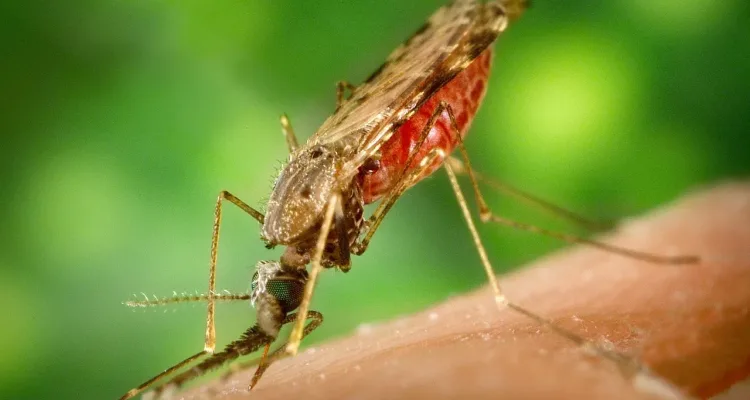
What Can We Learn from Odyssean Malaria Cases in South Africa Over the Last Decade?
Odyssean malaria is caused by malaria parasite-infected mosquitoes that have inadvertently travelled to non-malarious areas via various transport mechanisms (sea, air, rail, road). A person/s bitten by such a mosquito may result in a case/s of malaria in the absence of travel to an endemic area.
Malaria transmission in South Africa (SA) is restricted to low-altitude border regions of Limpopo, Mpumalanga, and KwaZulu-Natal provinces.The elevated temperatures, humidity, and increased rainfall in these areas are recognised as key factors that create a conducive environment for Anopheles mosquitoes, the vectors of human malaria.
Local acquisition of malaria outside of these areas is unexpected, often leading to delayed diagnosis, complications and death. Malaria is a notifiable medical condition in SA, and notified cases from non-endemic areas in individuals with no recent travel history warrant further investigation of their clinical, epidemiological and entomological aspects.
This report provides a summarised update of odyssean malaria outbreak investigations in SA from 2014 to 2023.
Materials and Methods
This is a descriptive analysis of investigations conducted between 2014 and 2023. This comprised reviewing the clinical and laboratory records, site visits and assessments, patient interviews and entomological investigations for adult mosquitoes and for larvae in potential aquatic breeding sites at index houses and other places of interest.
A case of odyssean malaria was defined as any case that occurred in a non-endemic area where there was no recent travel history to a malaria-endemic area, and the possibility of mechanical transmission (such as by blood transfusion, injection or needlestick injury) was excluded.
These are malaria cases where epidemiologic investigations failed to identify an apparent mode of acquisition other than mosquitoes that had inadvertently travelled to non-endemic areas via various transport mechanisms (sea, air, rail, road).
Malaria is a category one notifiable medical condition in SA that has to be notified within 24 hours of diagnosis. Thus, most of the cases were reported by local health authorities that requested support from the National Institute for Communicable Diseases (NICD) for clinical, epidemiological and entomological investigations. This report only includes cases that NICD personnel investigated.
Results
Over this ten-year period, 97 laboratory-proven and two probable cases of odyssean malaria were investigated. The majority (98%) of the confirmed cases were due to P. falciparum.
Two unrelated cases in GP in 2022 were due to Plasmodium malariae, the first such cases of non-falciparum odyssean malaria described in SA. There were 27 clusters (>1 case related in time and place) of cases, most within the same household.
Four clusters occurred at three different game lodges/reserves. Cases were reported among males (49%, 43/87) and females 51%, 44/87) at almost equal proportions for cases with recorded gender.
For a more in-depth look into this interesting study, download the full article below.


